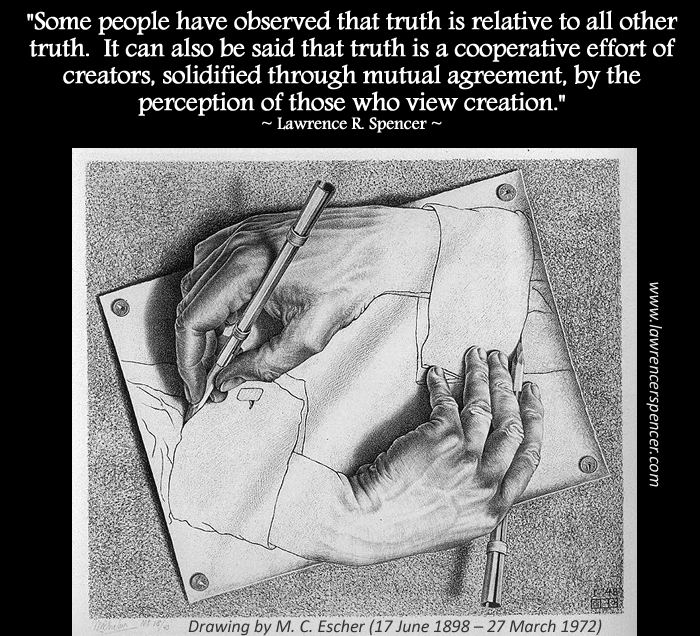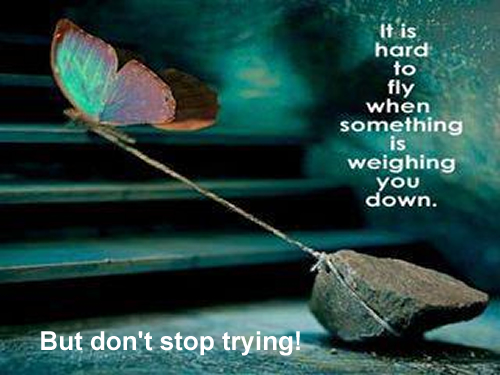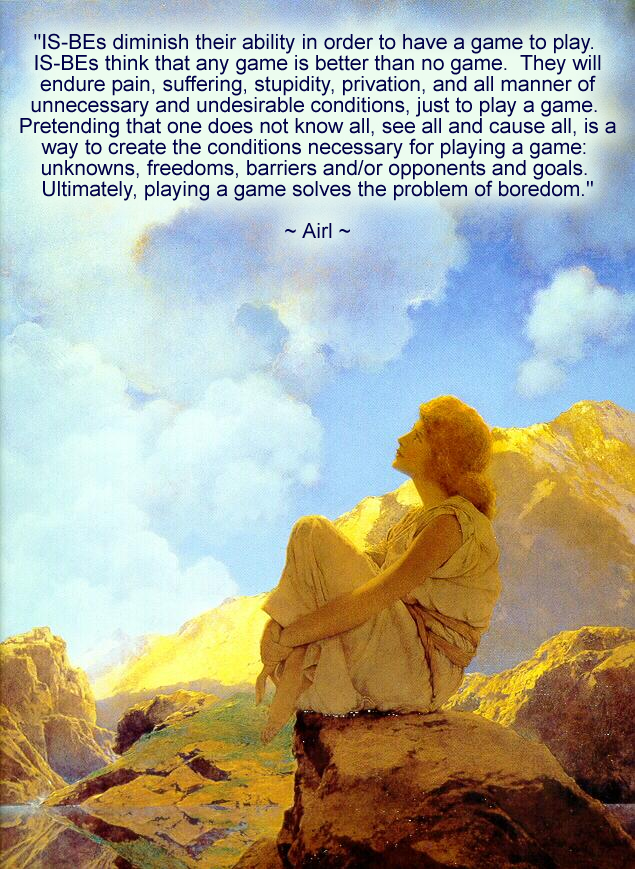Republished by Blog Post Promoter
more thoughts from Sri Nisargadatta Maharaj (17 April 1897 – 8 September 1981):
“My Guru ordered me to attend to the sense ‘I am’ and to give attention to nothing else. I just obeyed. I did not follow any particular course of breathing, or meditation, or study of scriptures. Whatever happened, I would turn away my attention from it and remain with the sense ‘I am’. It may look too simple, even crude. My only reason for doing it was that my Guru told me so. Yet it worked!”
“Give up all questions except one, “Who am I?” After all the only fact you are sure of is that you “are”. The “I am” is certain, the “I am this” is not. Struggle to find out what you are in reality. “
“Be content with what you are sure of. And the only thing you can be sure of is “I am”. Stay with it and reject everything else. This is Yoga.”
“Love says: “I am everything”. Wisdom says: “I am nothing”. Between the two my life flows.”
“To deal with things, knowledge of things is needed. To deal with people, you need insight, sympathy. To deal with yourself, you need nothing. Be what you are — conscious being — and don’t stray away from yourself.”





